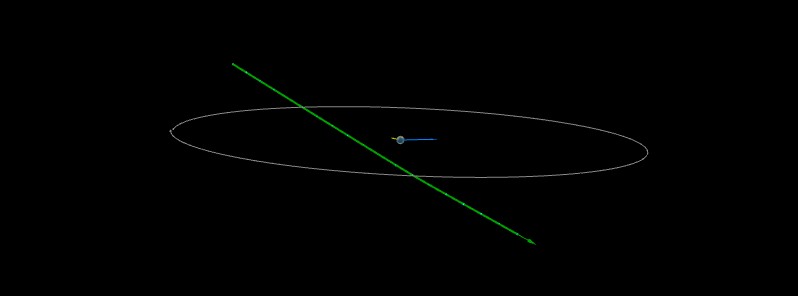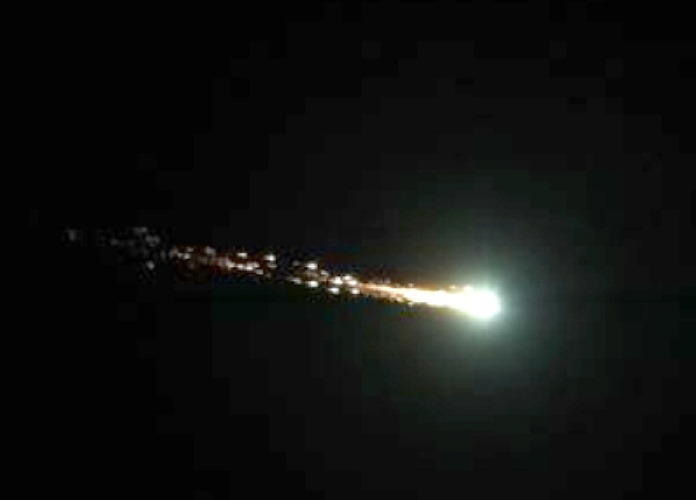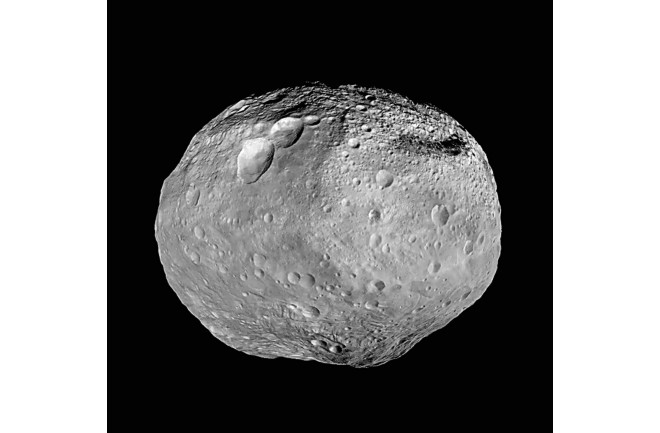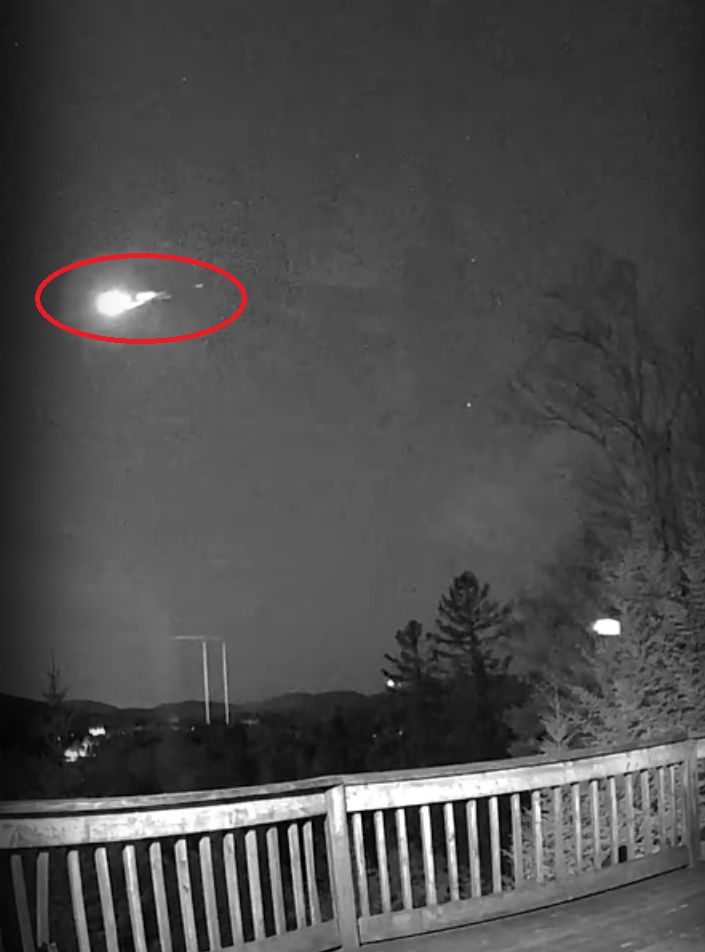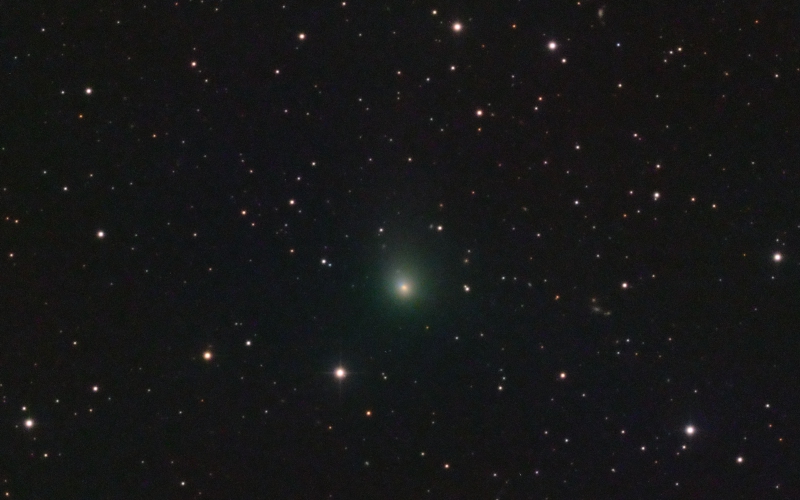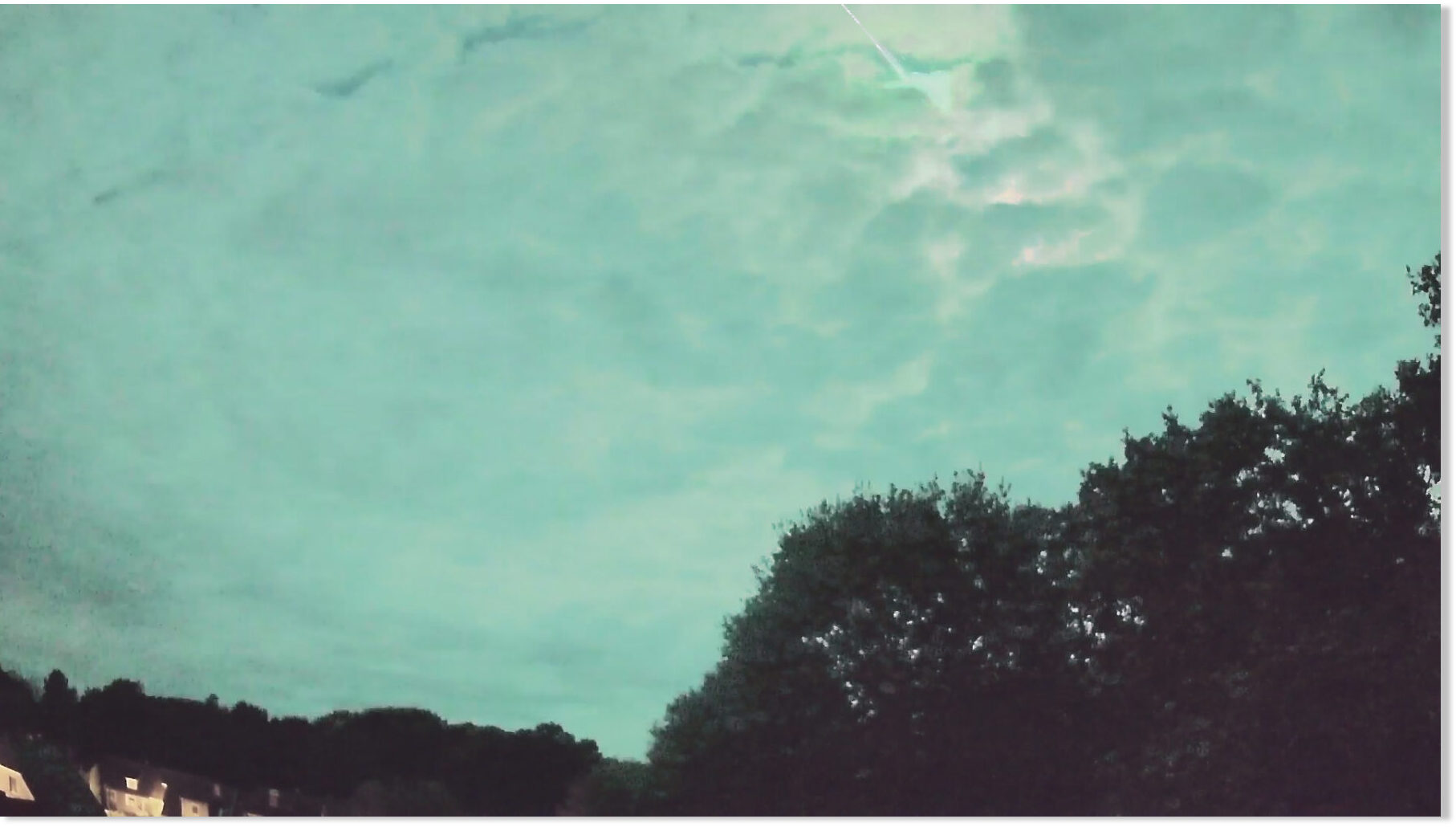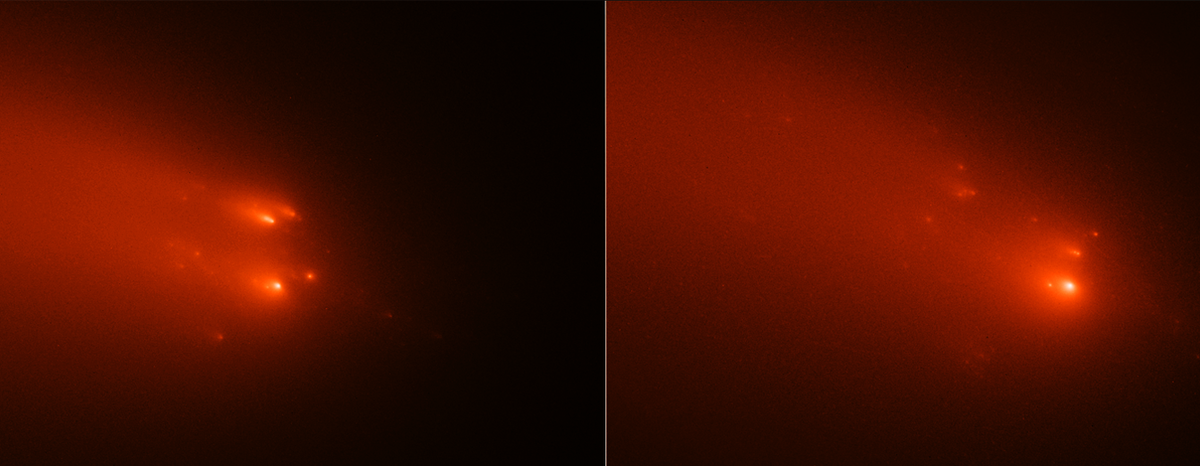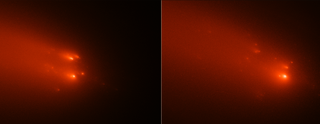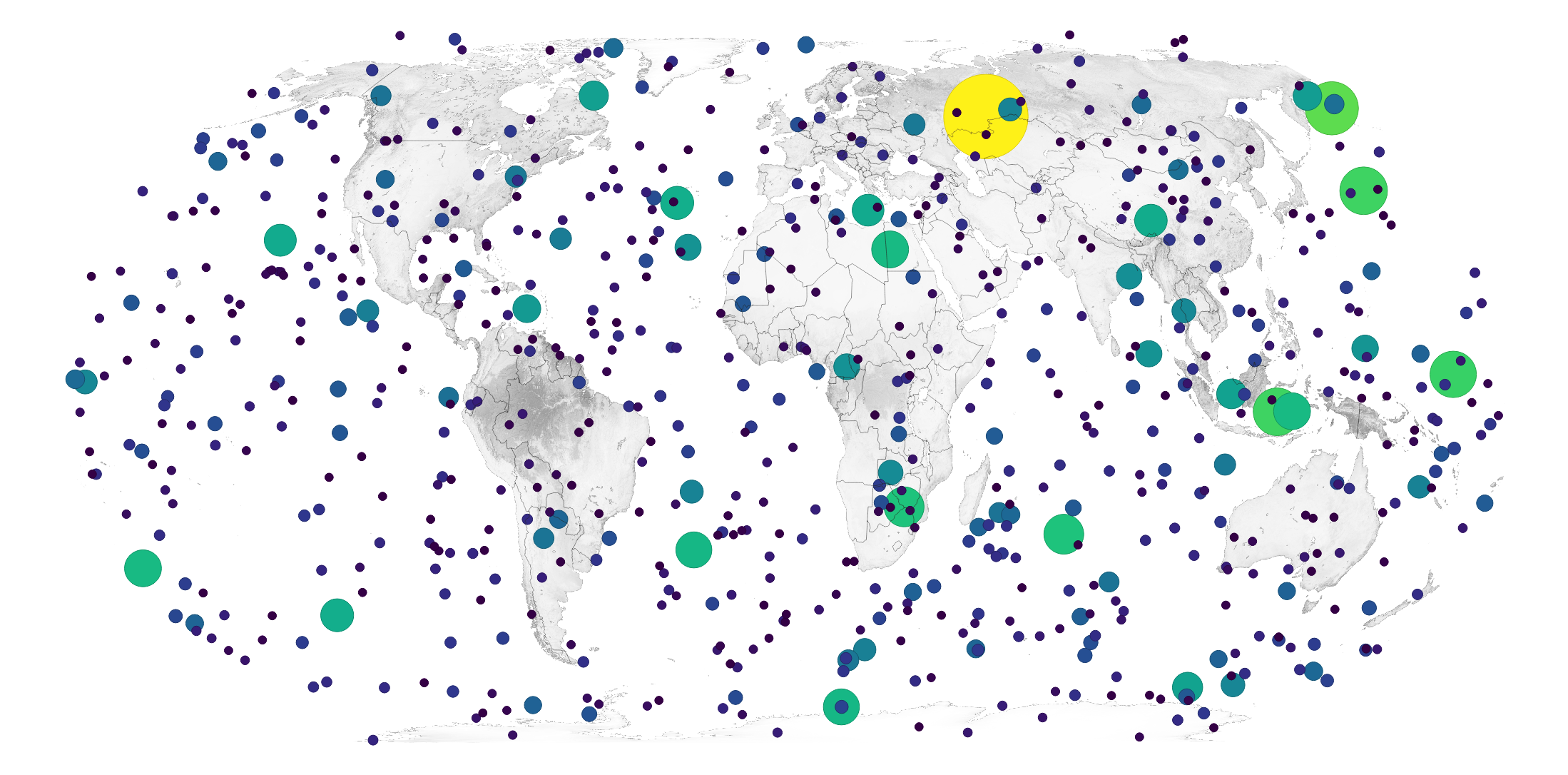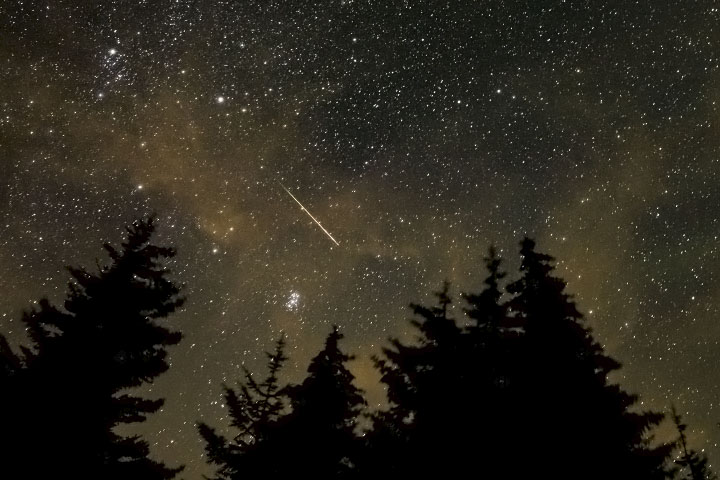Busy up there with maximum being tomorrow and possibly being the crème de la crème of viewing the Perseids meteor shower.
ENORMOUS #PERSEIDA#SPMN110821F THIS EARLY MORNING ON #ANDALUCÍA . Among other stations, it was registered by our station in Estepa,#Sevilla operated by Antonio J. Robles (@AJ_Robles). More details about this and other racing cars on our website:http://spmn.uji.es/ESP/SPMNlist.html@AstroAficion
There were clouds yesterday, but I saw a lot of meteors and fireballs. This is a photograph of the bright meteor shower of the Perseids meteor shower that flowed at 1:00 on August 11, 2021 from my home in Hiratsuka. A beautiful oxygen forbidden mechanism remains. It will peak early on the 13th, but unfortunately bad weather may continue for some time after tonight.
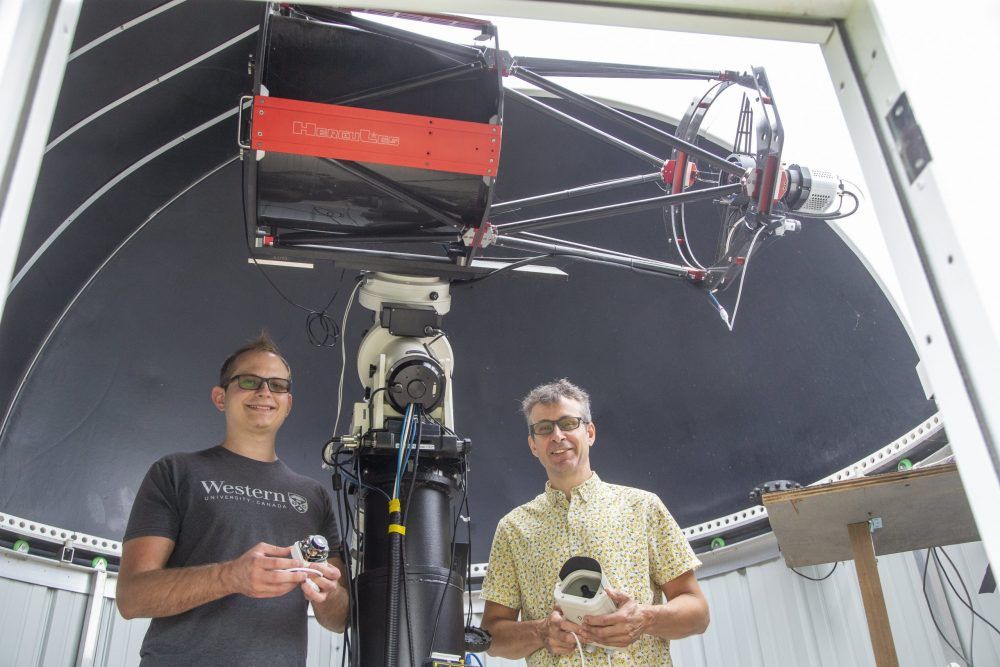
 lfpress.com
Aug 01, 2021 • August 1, 2021
lfpress.com
Aug 01, 2021 • August 1, 2021
ENORMOUS #PERSEIDA#SPMN110821F THIS EARLY MORNING ON #ANDALUCÍA . Among other stations, it was registered by our station in Estepa,#Sevilla operated by Antonio J. Robles (@AJ_Robles). More details about this and other racing cars on our website:http://spmn.uji.es/ESP/SPMNlist.html@AstroAficion
There were clouds yesterday, but I saw a lot of meteors and fireballs. This is a photograph of the bright meteor shower of the Perseids meteor shower that flowed at 1:00 on August 11, 2021 from my home in Hiratsuka. A beautiful oxygen forbidden mechanism remains. It will peak early on the 13th, but unfortunately bad weather may continue for some time after tonight.

Western University meteor hunters join forces with worldwide network
Look up. Look way up.
Meteor hunters know there’s a lot of sky to watch if you’re hoping to see what’s flying toward our planet.
Western University joined a worldwide network of researchers — using about 450 video cameras — to make sure they don’t miss any meteor showers or bits of space rock that make their way to Earth.
“People usually have a picture in their mind that there is a government agency or NASA or someone else who immediately knows what is going on when a meteor happens,” said Denis Vida, a researcher at Western who founded the global meteor network (GMN). “That’s not necessarily true.”
“They do have monitoring satellites in place, but they don’t take as accurate a measure as a camera system does. We are observing fainter meteorites,” Vida said.
Data on meteorites or showers is valuable because it can be used to help build prediction models for where they might fall next, he said.
For NASA astronauts, who may be planning a spacewalk, meteor showers could heighten the danger of injury or death, Vida said.
“A dust particle that is travelling at 20 km per second has a higher kinetic energy than a rifle bullet. So if you have a meteor shower and these particles are entering the atmosphere, we need global coverage to make sure we have guaranteed observations,” he said.
Since a meteorite fireball can drop anywhere in the world, to get the exact location and the orbit, it needs to be observed by at least two cameras in two different locations, Vida said.
Vida envisioned the GMN project when he was an undergrad in computer science and the first system was implemented at Western in 2017.
Meteorite researchers in 30 countries have joined the network.
It was only a few months ago that GMN cameras, with other meteor networks, tracked the Winchcombe meteorite, which led to the discovery of its location on Earth, Vida said.
The locations of the GMN cameras and the latest data is available at tammojan.github.io/meteormap/
More information about the project can be viewed at arXivarxiv.org/abs/2107.12335.

